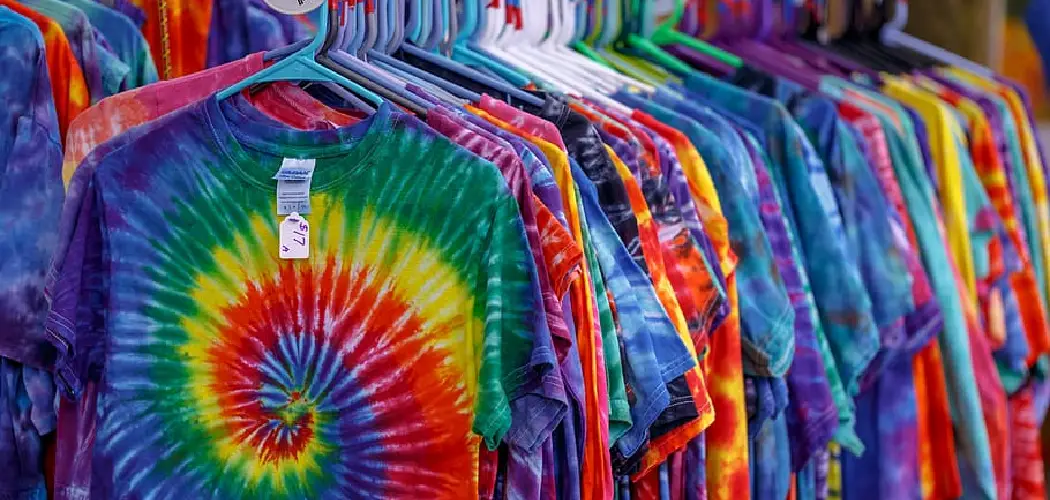Reverse tie-dye, a creative twist on the traditional tie-dye technique is gaining popularity as a unique and innovative way to transform plain fabrics into captivating works of art. In contrast to the classic tie-dye method, where fabric is dyed with vibrant colors, reverse tie-dye involves removing color from pre-dyed fabrics to reveal striking patterns and designs.
This fascinating process empowers crafters to experiment with various color removal techniques, resulting in eye-catching negative space designs that boast an artistic and edgy flair.
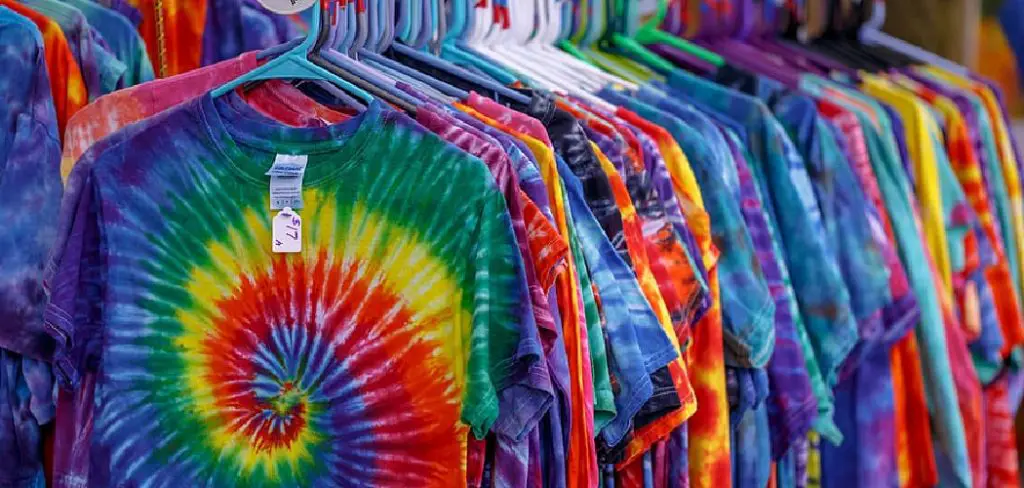
Whether you’re a seasoned crafter or new to the world of fabric design, this comprehensive guide will walk you through the steps of how to reverse tie dye with color, unlocking the limitless possibilities to create one-of-a-kind garments, accessories, and home decor items.
So, let’s delve into the captivating world of reverse tie-dye and elevate your fabric creations to new heights of artistry and originality.
Introduction to Reverse Tie Dye with Color
If you’re looking for something a bit different, but still colorful, the reverse tie dye technique is a great way to make your next project stand out. By using color and water in a particular order, you can create beautiful designs that will add style and creativity to any item. Here’s how you can use reverse tie dye with color to get creative with your next project.
First, you will need to get the materials needed for this process. Choose a piece of fabric or clothing that is a light color – white works best for this technique. You will also need at least three colors of dye, water and rubber bands. The number of colors you use is up to you – the more you have, the more intricate the design can be.
Next, you want to create your tie dye pattern. This is where creativity really comes into play – use rubber bands to secure your fabric in sections, then mix up different colors of dye in seperate containers with water for each one. Dip each section of the fabric into a container of dye and let it sit for approximately 30 minutes before removing the rubber band.
Once your fabric has had time to soak in the dye, it’s time to reverse the process and reveal your design. To do this, you will need a new container of water for each color used. Pour one color of dye into its designated container and let the fabric sit for at least 10 minutes so that all excess dye is absorbed. Then repeat the process for each color until all sections of the fabric have been fully dyed in water.
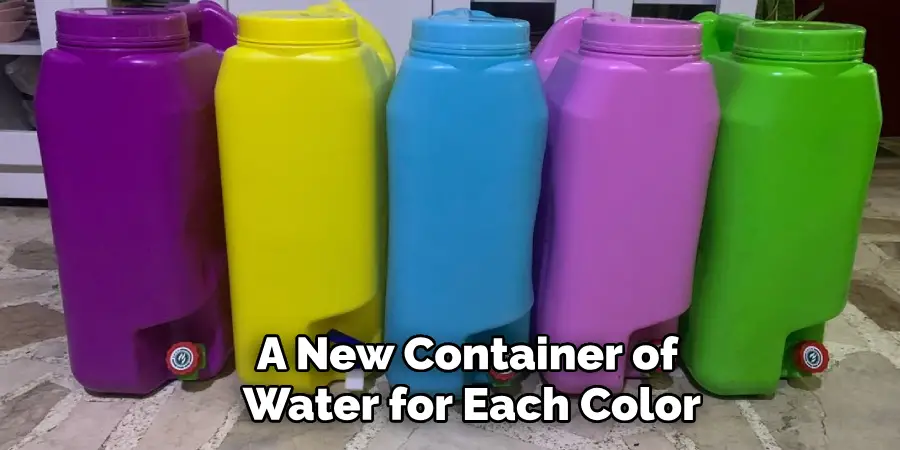
Introduction to Adding Color to Clothing
Tie-dying with color is a great way to add unique designs to clothing and accessories. Whether you’re looking for something that stands out from the crowd or just want to have some fun, learning how to reverse tie dye can make it easy and enjoyable. With this method, you can create vibrant colors on clothing without using any dyes or chemicals.
To get started, you’ll need a few basic supplies: fabric paint, an old t-shirt or piece of fabric, and a brush. First, put the fabric on an ironing board and lay it flat. If the fabric is too thick to iron properly, then fold it in half with the wrong side facing up before laying it flat.
Next, cover the fabric with a thin layer of paint and let it dry. Once the paint is completely dry, flip the fabric over and repeat the same process on the reverse side.
Once both sides are painted, you can begin to create your design. You can use a brush to swirl or draw patterns onto your fabric. For a more intricate look, you can try using multiple colors of paint to create an ombre or rainbow effect. When you’re finished, let the fabric dry completely and then iron it on a medium-high setting if necessary.
With reverse tie-dyeing, there are no limits to what kind of design you can create. Whether you’re looking for something subtle and classic or bold and eye-catching, you can easily customize your clothing with this fun technique. So grab some supplies and try reverse tie dyeing today! It’s an easy way to add a unique touch to any outfit.
10 Methods How to Reverse Tie Dye with Color
Method 1: Traditional Bleach Reverse Tie Dye
One of the most commonly used methods for reverse tie-dyeing is the traditional bleach technique. Dilute household bleach with water in a ratio of 1:3 or as desired. Wearing gloves, apply the diluted bleach to the fabric using a plastic squeeze bottle or spray bottle. Create tight folds in the fabric and secure them with rubber bands or string before applying the bleach.
Allow the bleach to sit for about 10-30 minutes, depending on the desired effect and fabric type. Rinse the fabric thoroughly with water and remove the rubber bands or string to reveal the reverse tie-dye pattern. Wash the fabric in a washing machine with cold water and mild detergent to neutralize the bleach and stop the color removal process.

Method 2: Color Remover Reverse Tie Dye
Color remover products specifically designed for fabric are an excellent alternative to bleach. Follow the instructions provided on the color remover packaging to prepare the solution. Apply the color remover to the fabric using a plastic squeeze bottle or spray bottle. Manipulate the fabric by folding, pleating, or scrunching to create unique patterns.
Wrap the fabric in plastic wrap to keep it moist and let it sit for the recommended time according to the color remover instructions. Rinse the fabric thoroughly with water to remove excess color remover and reveal the reverse tie-dye design. Wash the fabric in the washing machine with cold water and mild detergent to complete the process.
Method 3: Discharge Paste Reverse Tie Dye
Discharge paste is another fantastic option for reverse tie-dyeing. This product works by removing color from pre-dyed fabric when activated by heat. Apply the discharge paste to the fabric using a brush, sponge, or stencil. Create patterns and designs by manipulating the fabric and applying the paste selectively.
Allow the discharge paste to dry completely. Use a heat source, such as a heat gun or iron, to activate the discharge process and remove the color from the fabric. Rinse the fabric thoroughly with water to remove any remaining discharge paste. Wash the fabric in the washing machine with cold water and mild detergent to finish the process.
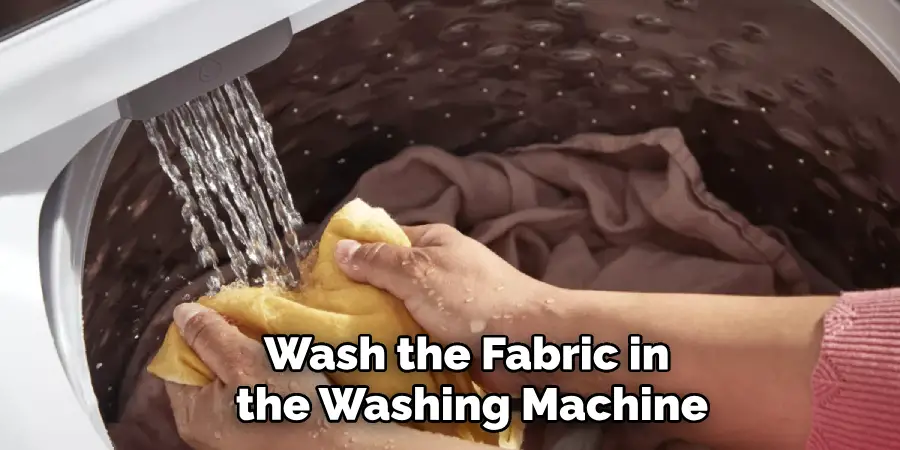
Method 4: Ice Dye Reverse Tie Dye
Ice dyeing is a unique variation of reverse tie-dye that involves using ice as a resist agent. Begin by placing the pre-dyed fabric on a raised rack or grate over a plastic sheet or garbage bag. Create folds or scrunch the fabric as desired, and place ice cubes on top of the fabric. Sprinkle powdered fabric dye or liquid dye over the ice.
As the ice melts, the dye will disperse and create captivating patterns on the fabric. Allow the fabric to sit undisturbed for several hours or overnight for the dye to fully set. Rinse the fabric under cold water to remove excess dye and reveal the intricate reverse tie-dye design. Wash the fabric in the washing machine with cold water and mild detergent to complete the process.
Method 5: Shibori Reverse Tie Dye
Shibori is a Japanese tie-dyeing technique that produces mesmerizing patterns. Fold, twist, or bind the fabric using rubber bands or string to create intricate designs. Immerse the fabric in a color removal solution, such as bleach or color remover, following the desired method from earlier steps.
Rinse the fabric thoroughly with water and remove the rubber bands or string to reveal the beautiful shibori-inspired reverse tie-dye patterns. Wash the fabric in the washing machine with cold water and mild detergent to finish the process.
Method 6: Stencil Reverse Tie Dye
Stencils offer a creative way to add intricate designs to your reverse tie-dye project. Use pre-cut stencils or create your own designs on paper or cardboard. Lay the stencil on the fabric and apply the color removal solution using a brush, sponge, or spray bottle.
Remove the stencil to reveal the negative space design on the fabric. Rinse the fabric thoroughly with water and wash it in the washing machine with cold water and mild detergent to complete the process.
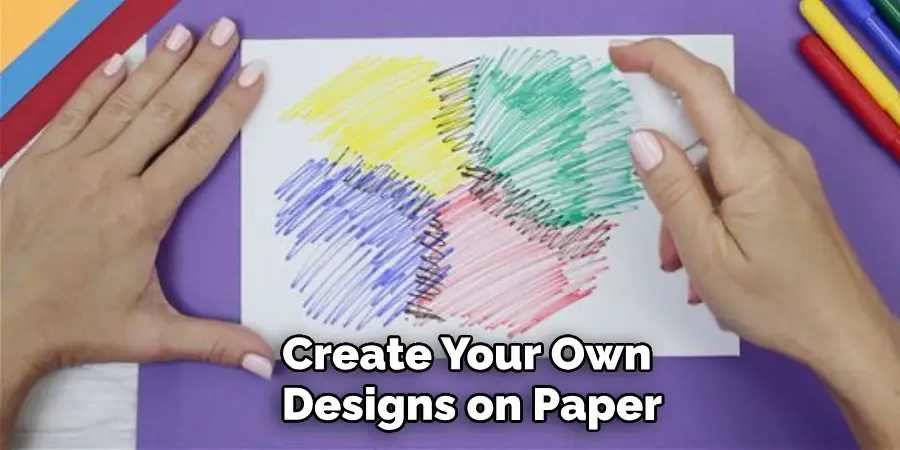
Method 7: Hand-Painted Reverse Tie Dye
Embrace your artistic side by hand-painting the color removal solution onto the fabric. Use brushes, sponges, or even your fingers to apply the color remover in various patterns and designs.
Experiment with different colors and techniques to create a truly unique and personalized reverse tie-dye masterpiece. Rinse the fabric thoroughly with water and wash it in the washing machine with cold water and mild detergent to finish the process.
Method 8: Sun-Bleach Reverse Tie Dye
Harness the power of the sun to achieve a natural and subtle reverse tie-dye effect. Lay the fabric flat in direct sunlight and moisten it with a color removal solution, such as a mixture of water and bleach.
The sunlight will activate the color removal process gradually, resulting in a beautiful and sun-bleached reverse tie-dye design. Rinse the fabric thoroughly with water and wash it in the washing machine with cold water and mild detergent to complete the process.
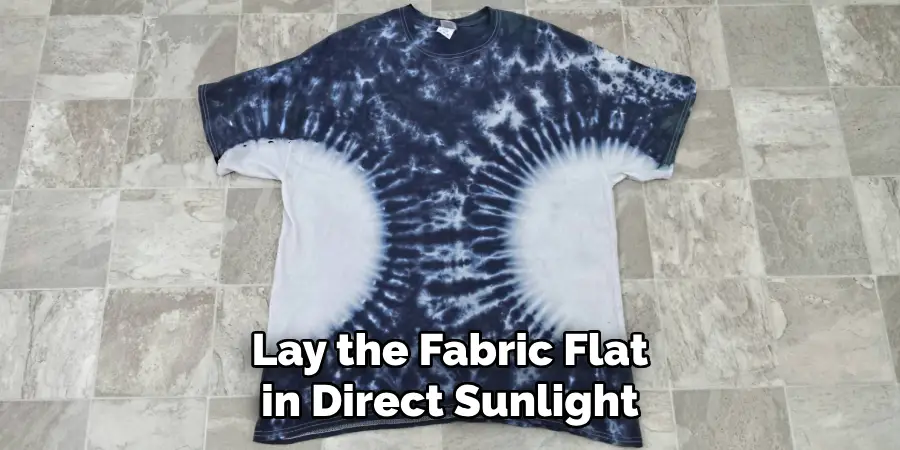
Method 9: Ombre Reverse Tie Dye
Ombre is a gradual transition of color from light to dark or vice versa. Achieve this effect by partially submerging the fabric in a color removal solution. The longer the fabric remains in the solution, the more color will be removed, creating a stunning ombre effect. Rinse the fabric thoroughly with water and wash it in the washing machine with cold water and mild detergent to finish the process.
Method 10: Dip-Dye Reverse Tie Dye
Dip-dyeing is a straightforward technique that yields impressive results. Submerge the fabric partially in the color removal solution to create a distinct line where the color fades or changes.
Adjust the depth of the fabric in the solution to control the intensity of the reverse tie-dye effect. Rinse the fabric thoroughly with water and wash it in the washing machine with cold water and mild detergent to complete the process.
Things to Consider When Reversing Tie Dye with Color
Working with color can be both exciting and intimidating when it comes to tie-dye. It is important to remember that changing the colors of your tie-dye pattern can drastically change its look and feel. There are also certain techniques you should use when reversing a tie-dye project for the best result.
When picking your colors, you will want to consider the colors that work best together. Depending on how you reverse your tie-dye, you may want to choose complementary or analogous colors as these can help create subtle effects when the fabric is folded and twisted. One easy way to pick complementary colors is by choosing two opposite shades from a color wheel.
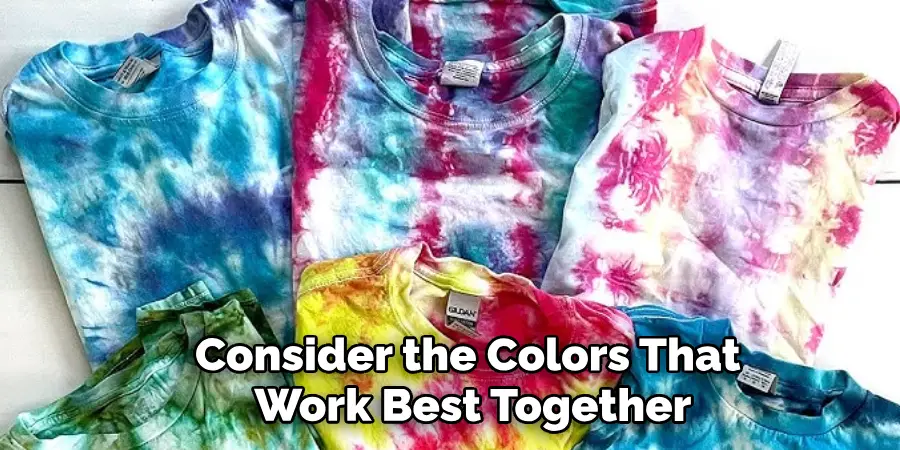
Another thing to consider is the dye type used. Different dyes have different properties, and some are better suited for certain techniques than others. Generally speaking, fiber reactive dyes work the best for tie-dye as they create a longer lasting color. That said, there are many other types of dye that can be used, including fabric paints and Procion MX dyes.
Conclusion
Now that you know the basics of how to reverse tie dye with color, it’s time to get creative! Add a unique twist to your garments and accessories with a vibrant and unique new look. Don’t forget to play around with different colors and fabric choices—you never know what cool combination you might come up with!
When you’re ready, share your creations on social media so everyone can appreciate your artistic genius. With experimentation, patience and careful guidance, soon enough you’ll be the master of reverse tie dye techniques. So don’t hesitate- unleash your creativity today and start reversing tie dye with color!

